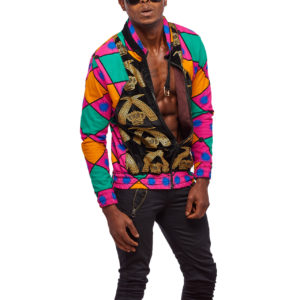When one says the word “fashion” many people conjure up images of brands such as Louis Vuitton and Gucci. There are countless clothing and accessories brands that aspire to be like these brands. Most of them start out with needing ecommerce photography to list their fashion line on their website, Amazon or other online ecommerce platforms.

Successful marketers understand the quality of the photography they use will have a direct impact on the success of their sales. But some don’t fully grasp just how important it really is. So, what are some considerations when setting out to plan a fashion photography shoot for ecommerce listings?
Working with Models
It’s almost inevitable if you sell a fashion line of some sort that you will work with models at some point. In fact, it’s almost always more desirable to work with models over just using props, mannequins or using flat lay techniques.
Models, naturally because they’re human, breathe life into your brand. They help a potential customer more easily visualize how an item might appear on them. When you work with an experienced model, they will be helpful in more easily conveying this messaging. In addition, it’s easier to get into a flow that gets the photo shoot done sooner.
Flat Lay and Mannequin Styling
Some brands opt to use flat lay or mannequins for their fashion line. A common thought behind this is to keep the focus solely on the product and not on a model. This is understandable, though usually not as advantageous as using models.
If you opt for flat lay, it can make clothing appear boxy and otherwise not so appealing. So, it’s often best to not use flat lay for clothing. Some accessories do lend themselves well to flat lay photography, such as jewelry.
The use of mannequins often requires a ghost mannequin technique. This is where you use a mannequin for the clothing but then in post-production you remove the mannequin. Thus, this requires some extra work after a photo shoot. Again, this style is commonly preferred when a brand prefers not to use a model for any given reason.
Use of Lighting
The use of high-quality studio lighting is highly recommended. Strobe lighting is preferred so one can better freeze the action for sharper images.
In most cases, you strive for even lighting, though adding a hint of shadow to a side can add depth to the photos. Naturally, you also want to match the colors of the actual item with the final output in a photo. It’s important to keep in mind here not to overstress on this. Most consumers view the photos on various types of devices that have varying degrees of color settings: Windows PC, iOS device, Android device, macOS, Chromebook, and then the many different brands of monitors that go with them.
Ensure Proper Sizing
It’s advisable to have a fitting session before starting a photo shoot. This is whether for a model or mannequin. In other words, make sure the clothing fits the model or mannequin in the style you want to convey.
Models are often open to meeting a brand creative director for this purpose. Sometimes this isn’t possible, for example when a brand and model aren’t in the same city. So, sending items well in advance of a shoot and snapping a quick smartphone shot to verify fit is a good idea.
Despite good planning, sometimes you’ll need to improvise. There are often times where a clamp the photographer has in the studio might be necessary to crimp a shirt, for example. Of course, making sure items are not wrinkled is also important. So, a hand steamer or iron is a good thing to have.
Setting out to do your first fashion photography shoot for your ecommerce listing doesn’t have to be stressful. They should actually be fun. It’s a big moment for your brand. But removing the stress and ensuring the fun is best assured with good planning and a good photographer.[/vc_column_text][/vc_column][/vc_row]
